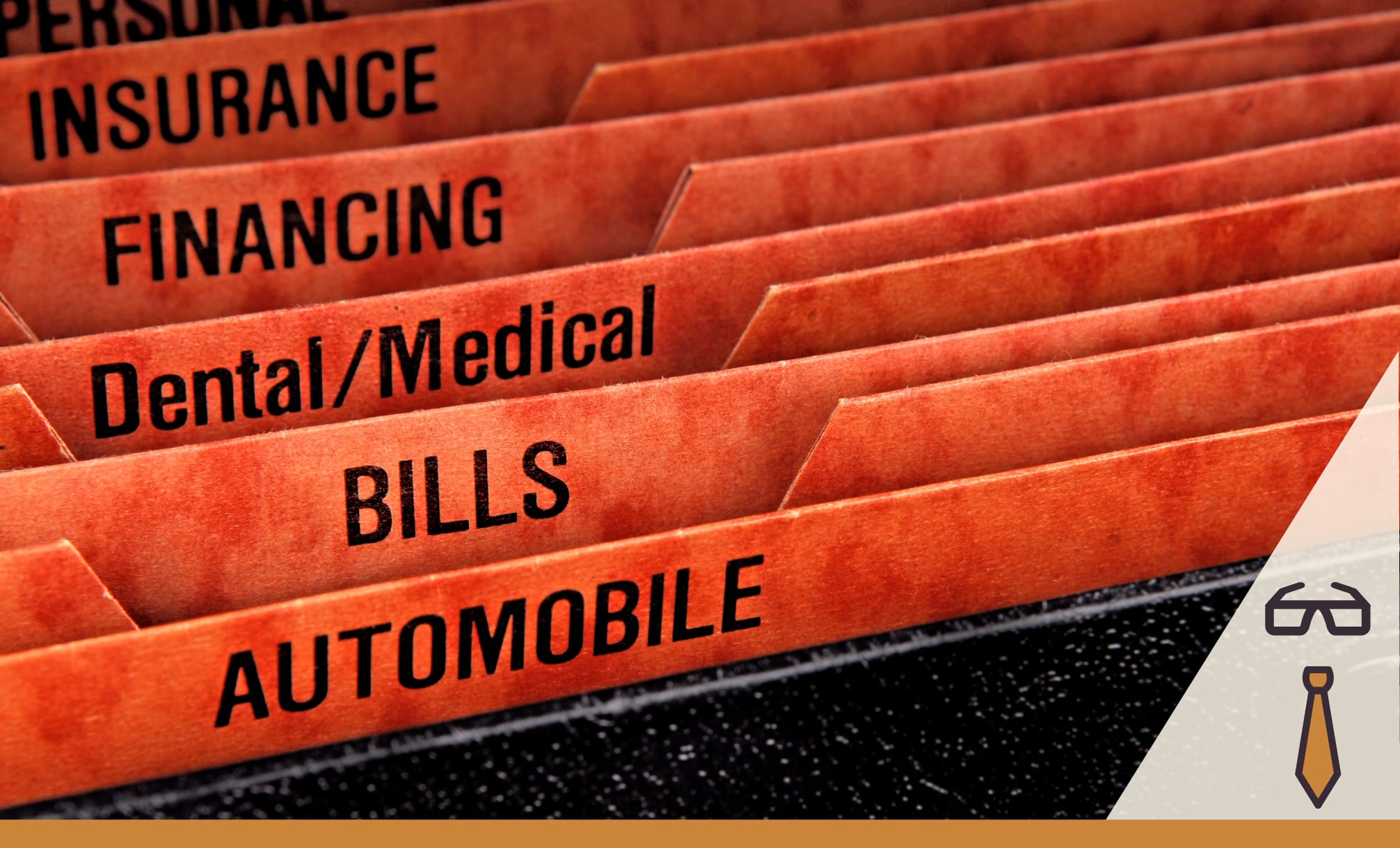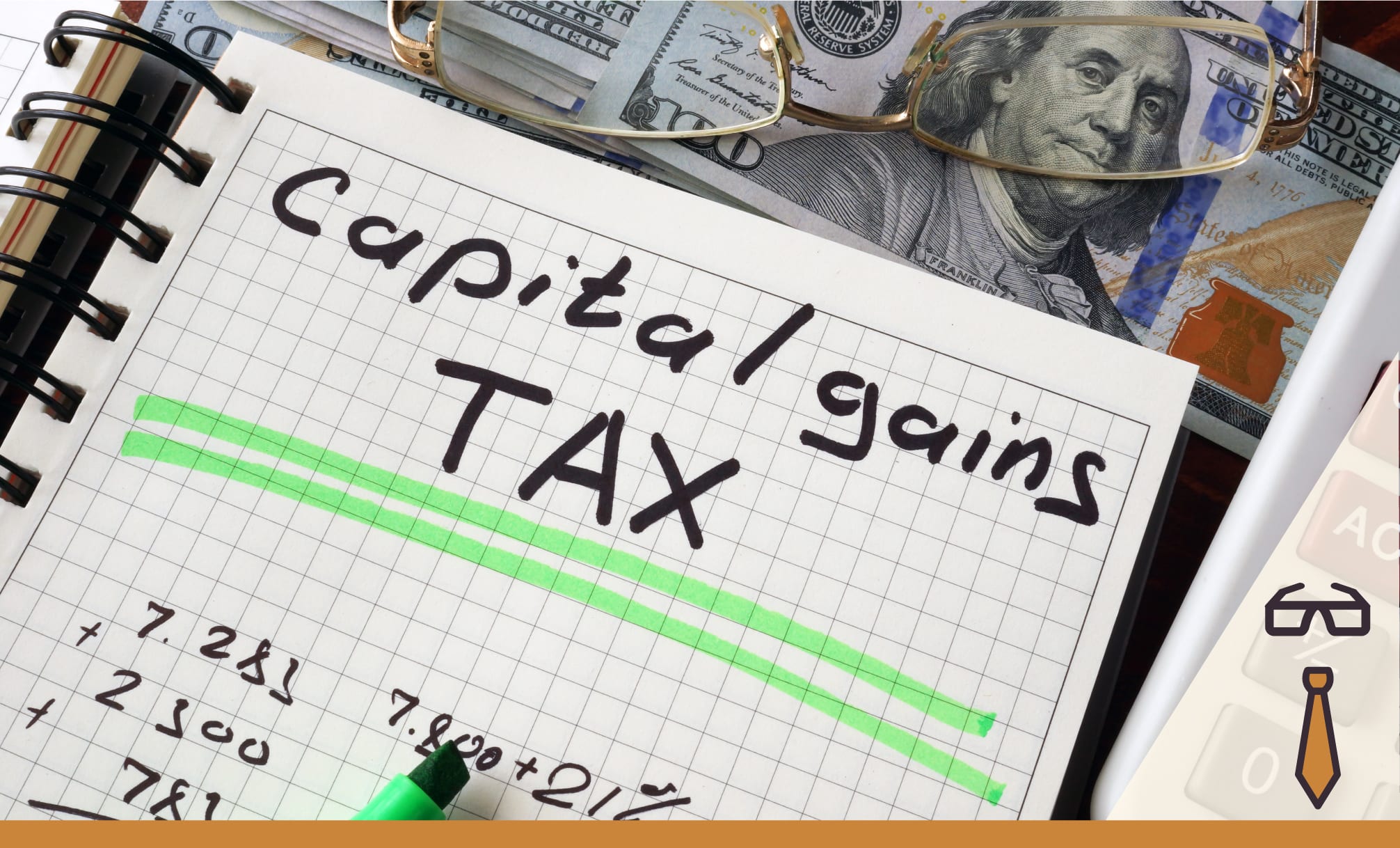Dec
18
Year End Tax Preparation
If you’re like many people, the thought of doing your taxes stresses you out at least a little. Hiring an accountant to prepare your tax return is always the easiest route, but they’re going to require documents that you may not remember to include in that folder full of paperwork you arrived with. Take the stress out of year end taxes by reading our checklist before visiting with one of our professional accountants.
Prepare To Meet With Your Tax Expert
Identification Information
It’s important that your tax accountant has access to certain identification information that can be used to verify you are who you say you are. Your social security card is the best choice, since your accountant will need your social security number and correct spelling of your name. Be sure to bring cards for your spouse and dependents as well.
Tax expert Dave Roos warns, “To claim dependents on your tax return, you will need their Social Security numbers as well as their full names and dates of birth. Every year, the IRS sends back hundreds of thousands of tax returns because the names and Social Security numbers on the forms don’t match.” You should also bring a second form of identification, which could include a driver’s license, military ID, or any state-issued picture ID card.
Last Year’s Tax Return
To file your tax return, the tax accountant will need some important documents. If it’s your first appointment, make sure to bring last year’s tax return for their reference. This gives them a good place to start from because you could qualify for some of the same deductions that you received last year, and the information may help them calculate this year’s tax return.
Wage Statements

Some examples of wage statements are:
- 1099-A, Acquisition or Abandonment of Secured Property
- 1099-B, Proceeds From Broker and Barter Exchange Transactions
- 1099-C, Cancellation of Debt
- 1099-CAP, Changes in Corporate Control and Capital Structure
- 1099-DIV, Dividends and Distributions
- 1099-G, Certain Government Payments
- 1099-H, Health Coverage Tax Credit (HCTC) Advance Payments
- 1099-INT, Interest Income
- 1099-K, Merchant Card and Third Party Network Payments
- 1099-LTC, Long-Term Care and Accelerated Death Benefits
- 1099-MISC, Miscellaneous Income
- 1099-OID, Original Issue Discount
- 1099-PATR, Taxable Distributions Received From Cooperatives
- 1099-Q, Payments From Qualified Education Programs (Under Sections 529 and 530)
- 1099-R, Distributions From Pensions, Annuities, Retirement or Profit-Sharing Plans, IRAs, Insurance Contracts, etc.
- 1099-SA, Distributions From an HSA, Archer MSA, or Medicare Advantage MSA
Interest And Dividend Income
You will need to bring 1099-(DIV or INT) forms reporting interest and dividend income for any bank or brokerage firm that you’ve had accounts with within the prior year. The institution will mail or email them to you, or you can pull them from its website.
A few examples of dividends and interest income are:
Interest:
- On all bonds issued by any person, firm, church, joint stock company, business trust or corporation
- On bonds issued by states, counties, municipalities or political subdivisions outside of Nevada or Utah, (depending on your location.)
- On all mortgages or other commercial paper maturing in more than six months from date of issue
Dividends:
- From corporations
- From investment trusts or mutual funds, including capital gain distributions, whether taken in stock or cash
- From stock of banks or savings and loan associations situated outside your state
Identify Deductible Expenses

When you take a deduction, it reduces the amount of income you have to be taxed on. Therefore, the more you deduct, the less you pay in year end taxes. Gathering your deductible expenses and the necessary documentation at the end of the year can take time, but it’s worth it.
Here’s a list of some expenses you may be able to deduct:
- Job-related education expenses
- Unreimbursed employment-related expenses
- Child care expenses
- IRA contributions
- Alimony paid or received
- Income expenses from rentals or other business
- Mortgage or home interest paid (Form 1098)
- Real estate and personal property taxes paid
- Expenses associated with the purchase or sale of a residence
- Medical, eye, and dental expenses
- Charitable contributions
- Moving expenses
- Student loan interest
- Tuition and education fees
Gains Or Losses

Additional Income
If you received any additional income in the year, bring documentation for that income to your tax accountant. This includes income from partnerships, unemployment income, interest and dividend income from investments, or social security income.
Filing year end taxes can be one of the more complicated financial tasks you have to handle. Instead of attempting to file your own tax return, let one of our accountants handle everything for you. Make sure to bring the documentation mentioned above, and call ahead for any questions you may have.
